- Biceps Tendon Tear at the Elbow

A biceps tear can be complete or partial. Partial biceps tendon tears will not completely break the tendon while complete tendon tears will break the tendon into two parts.
Know More - Distal Biceps Rupture

The biceps muscle is located in front of your upper arm. It helps in bending your elbow as well as in rotational movements of your forearm. Also, it helps to maintain stability in the shoulder joint.
Know More - Elbow Dislocation
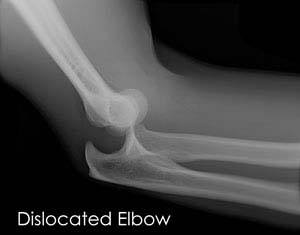
The arm in the human body is made up of three bones that join to form a hinge joint called the elbow.
Know More - Elbow Injuries in the Throwing Athlete
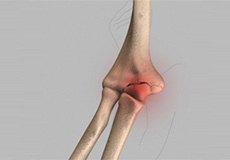
Elbow fractures may result from a fall onto an outstretched wrist, direct impact to the elbow or twisting injury. Elbow fractures may cause severe pain, swelling, tenderness, and painful movements.
Know More - Elbow (Olecranon) Bursitis
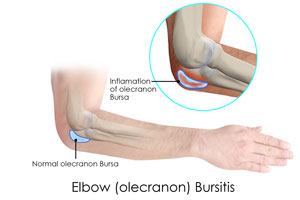
Inflammation of the olecranon bursa leads to a condition called olecranon bursitis.
Know More - Osteoarthritis of the Elbow
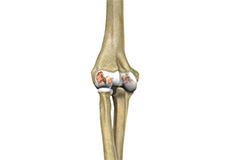
Although the elbows are not weight-bearing joints, they are considered to be most important for the functioning of the upper limbs.
Know More - Ulnar Nerve Entrapment at the Elbow (Cubital Tunnel Syndrome)

When the elbow is bent, the ulnar nerve can stretch and catch on the bony bump. When the ulnar nerve is compressed or entrapped, the nerve can tear and become inflamed, leading to cubital tunnel syndrome.
Know More - Osteochondritis Dissecans
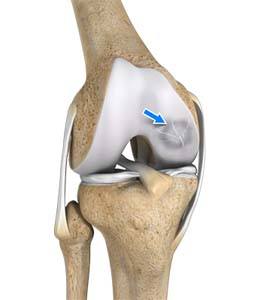
Osteochondritis dissecans is a joint condition in which a piece of cartilage, along with a thin layer of bone separates because of inadequate blood supply.
Know More - Lateral Epicondylitis

Tennis elbow is a common name for the elbow condition lateral epicondylitis. It is an overuse injury that causes inflammation and microtears of the tendons that attach to the lateral epicondyle.
Know More - Cubital Tunnel Syndrome

When the elbow is bent, the ulnar nerve can stretch and catch on the bony bump. When the ulnar nerve is compressed or entrapped, the nerve can tear and become inflamed, leading to cubital tunnel syndrome.
Know More - Tennis Elbow

Tennis elbow is a common name for the elbow condition lateral epicondylitis. It is an overuse injury that causes inflammation and microtears of the tendons that attach to the lateral epicondyle.
Know More - Golfer’s Elbow

Golfer’s elbow, also called medial epicondylitis, is a painful condition occurring from repeated muscle contractions in the forearm that leads to inflammation and microtears in the tendons that attach to the medial epicondyle.
Know More - Recurrent & Chronic Elbow Instability

The elbow is formed by the junction of the humerus (upper arm bone), and radius and ulna (forearm bones).
Know More - Distal Humerus Fractures of the Elbow
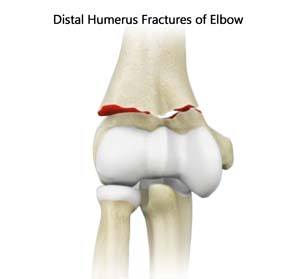
Injury in the distal humerus can cause impairment in the function of the elbow joint. A distal humerus fracture is a rare condition that occurs when there is a break in the lower end of the humerus.
Know More - Elbow Fractures
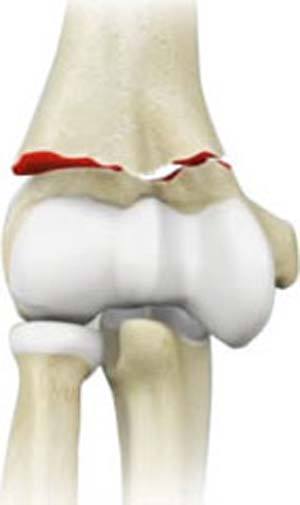
Elbow fractures may occur from trauma, resulting from various reasons: a fall on an outstretched arm, a direct blow to the elbow or an abnormal twist to the joint beyond its functional limit.
Know More - Radial Head Fractures of The Elbow
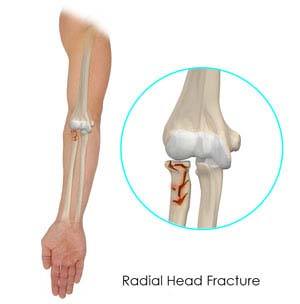
Radial head fractures are very common and occur in almost 20% of acute elbow injuries. Elbow dislocations are generally associated with radial head fractures.
Know More
